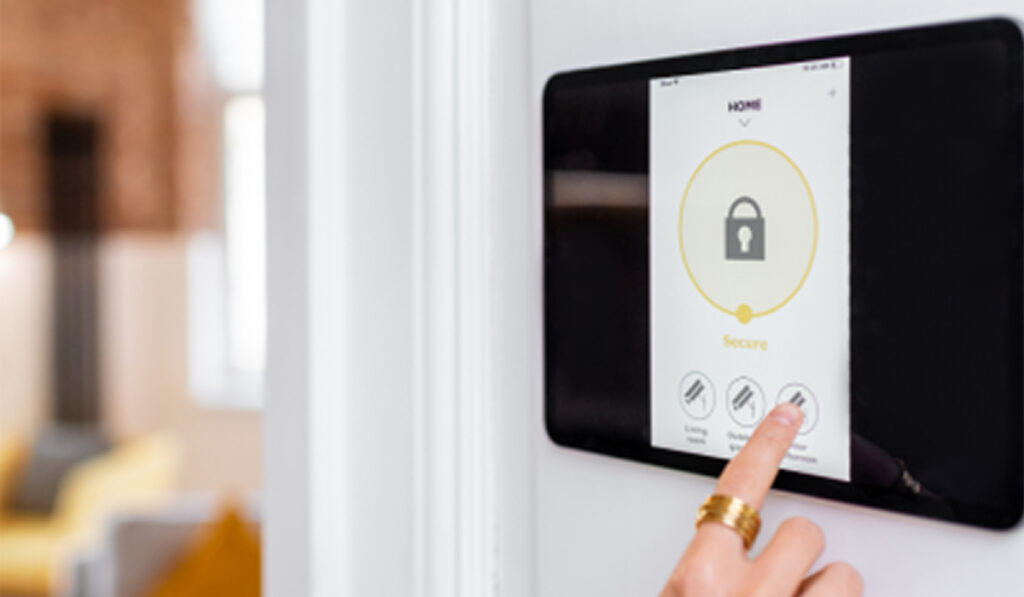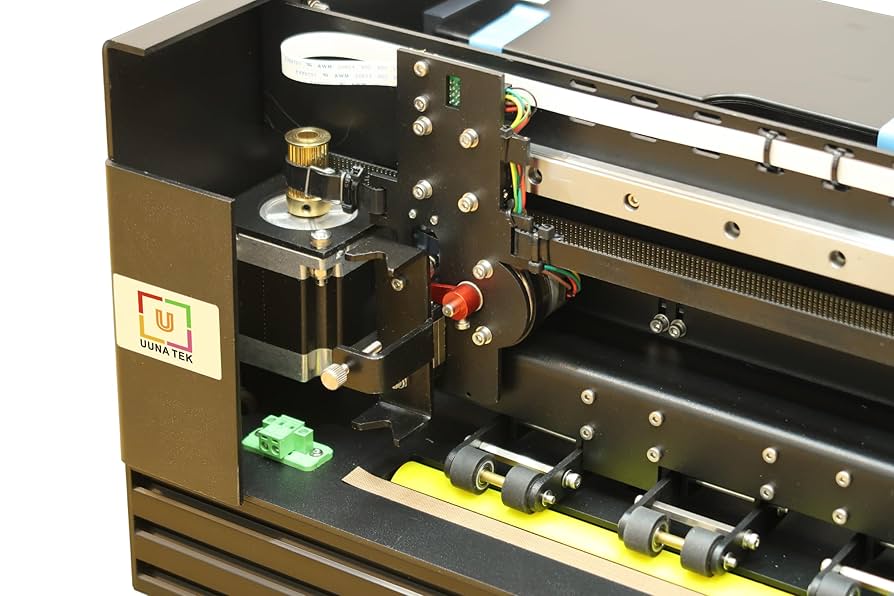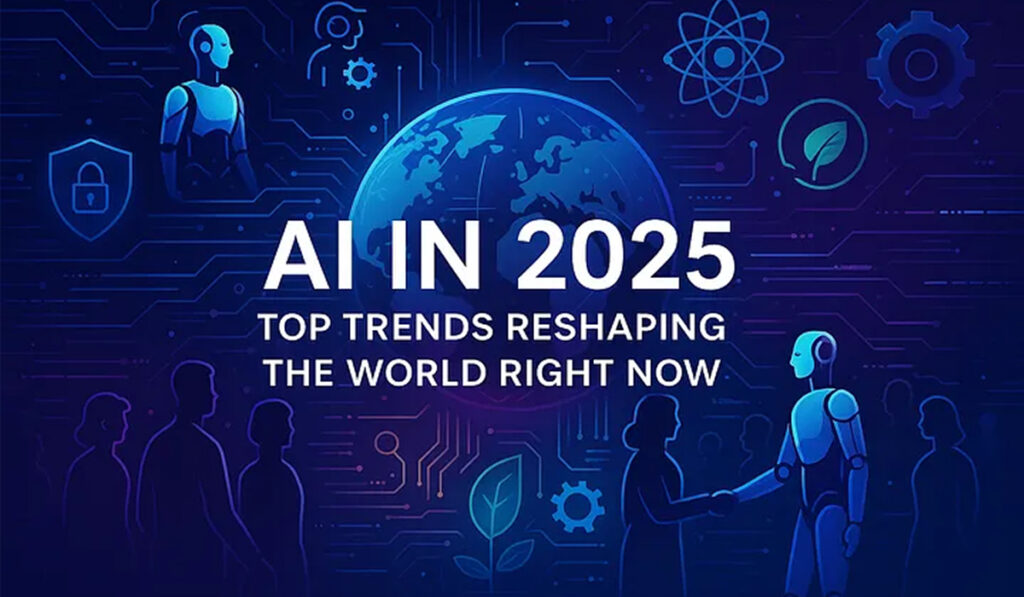
Smart home technology is rapidly becoming a standard feature across households in the United States. According to a report by Statista, the U.S. smart home market is projected to reach US$174.0bn by 2025, driven by consumer demand for connected living, energy efficiency, and convenience Statista. From smart lighting to integrated home security, Americans are embracing this wave of intelligent automation faster than ever.
Smart Home Technology in a Nutshell
Smart home technology refers to a network of devices that connect via Wi-Fi, Bluetooth, or specialized protocols like Zigbee or Z-Wave, enabling remote control and automation. These devices include thermostats, door locks, cameras, lighting systems, and more—often controlled by apps or smart speakers. The U.S. Department of Energy describes smart homes as environments where devices communicate to improve energy management, security, and lifestyle.
Top Smart Home Devices Popular in the U.S.
U.S. consumers are investing in a wide variety of smart home gadgets to enhance their daily living. Popular categories include:
- Smart Thermostats (e.g., Nest, Ecobee) – Automatically adjust temperature and reduce energy consumption
- Smart Security Systems (e.g., Ring, Arlo) – Offer video monitoring, alerts, and access control
- Smart Speakers (e.g., Amazon Echo, Google Nest Hub) – Central hubs for voice-activated control
- Smart Lighting (e.g., Philips Hue, LIFX) – Allow remote dimming, color adjustment, and scheduling
- Smart Appliances (e.g., Samsung SmartThings, GE Café Series) – Enable real-time usage monitoring and smart cooking features
These categories were identified as top purchases in Consumer Reports’ 2024 smart home buyer guide.
Impact on U.S. Lifestyles and Energy Efficiency
Smart technology is reshaping how Americans manage energy and home comfort. ENERGY STAR estimates that smart thermostats save households an average of 8–15% on heating and cooling costs annually. In cities like Los Angeles, Chicago, and Atlanta, residents are also adopting smart water leak detectors and home energy monitors to protect property and reduce waste. Furthermore, smart locks and doorbells give remote access to family members and deliveries, a convenience that has become essential in the age of e-commerce and hybrid work.
Challenges and Considerations
Despite the benefits, widespread adoption of smart home technology also introduces privacy, security, and interoperability concerns. A 2023 report by the Electronic Frontier Foundation (EFF) emphasized risks associated with data sharing, hacking vulnerabilities, and surveillance through devices like smart TVs and voice assistants. Meanwhile, a Pew Research Center survey found that 45% of Americans expressed concern over their data being collected by smart home systems. Compatibility issues also remain, although companies like Matter (backed by Apple, Amazon, Google, and others) are working to unify smart home standards.
AI-powered smart homes are emerging across new U.S. developments, especially in tech-forward cities like Austin, Phoenix, and Denver. These smart neighborhoods are designed with connected infrastructure such as shared solar grids, IoT-controlled street lighting, and energy-efficient construction. Lennar Homes, one of the largest U.S. homebuilders, now includes smart features like Wi-Fi-enabled locks and thermostats as standard in new homes. Meanwhile, platforms like Amazon Alexa and Google Home are integrating more machine learning capabilities to predict routines and automate adjustments, leading toward what experts call “ambient computing”.
As smart home technology becomes increasingly affordable and user-friendly, it’s poised to transform American households. The synergy of automation, AI, and sustainability will redefine domestic life, turning homes into responsive environments tailored to each user.
Dwayne Paschke is an experienced news reporter and media professional, currently working as a senior news analyst for a private media organization based in Toronto, Canada. With years of experience in journalism, he brings a wealth of knowledge to his role, where he contributes to Los Angeles Headlines by providing accurate and comprehensive coverage of significant news stories.






